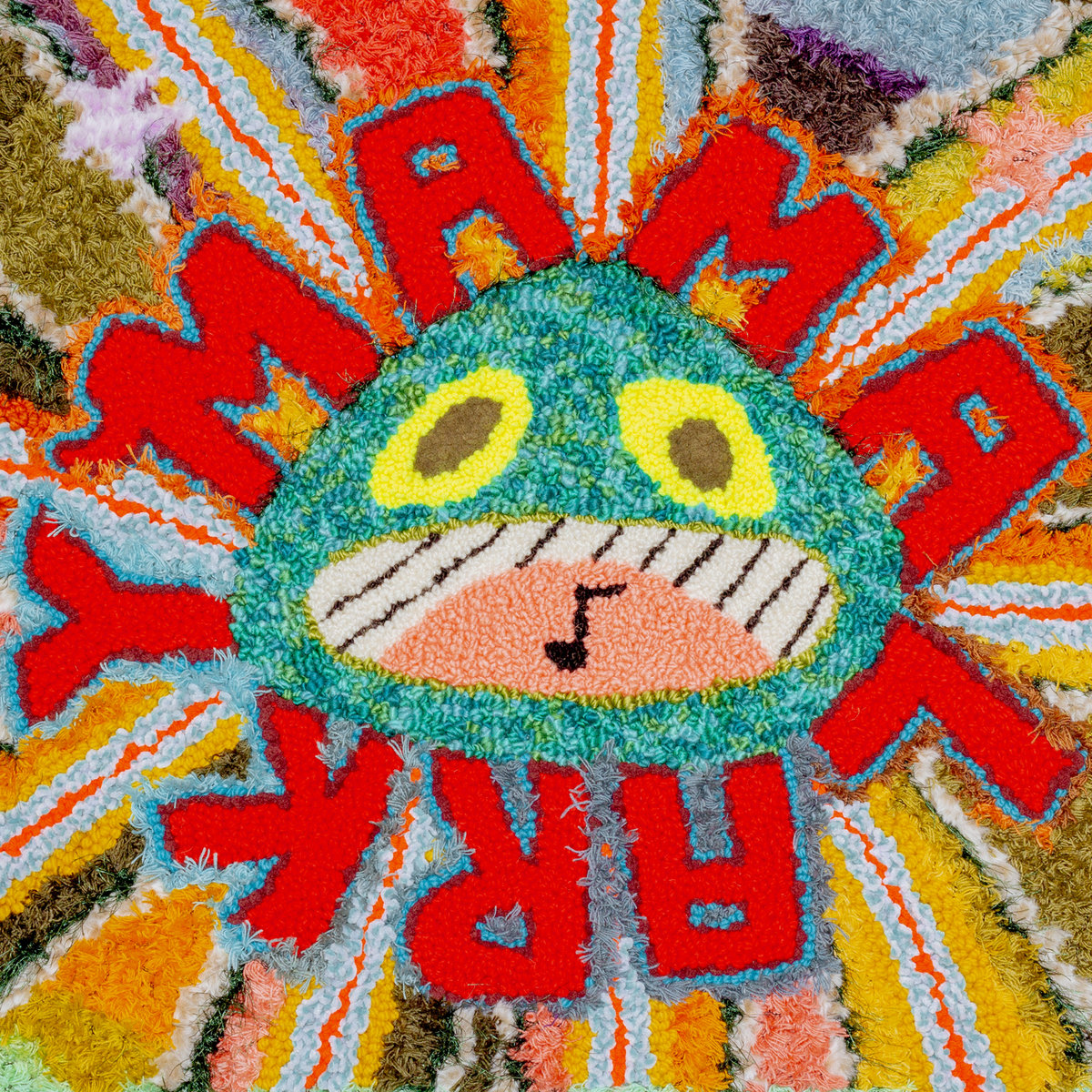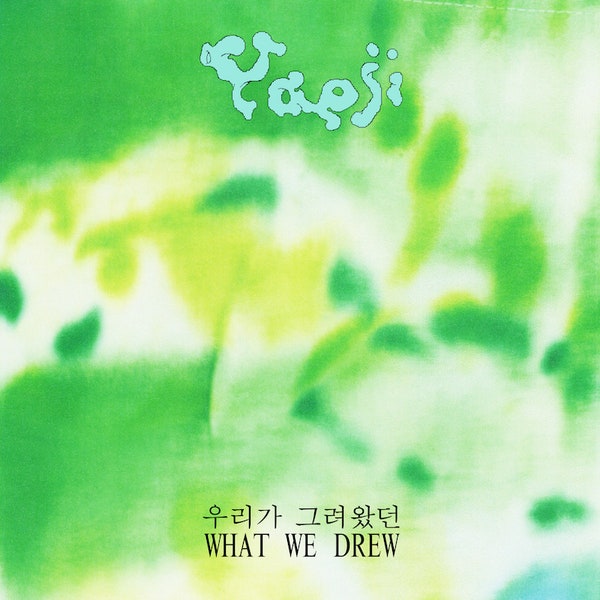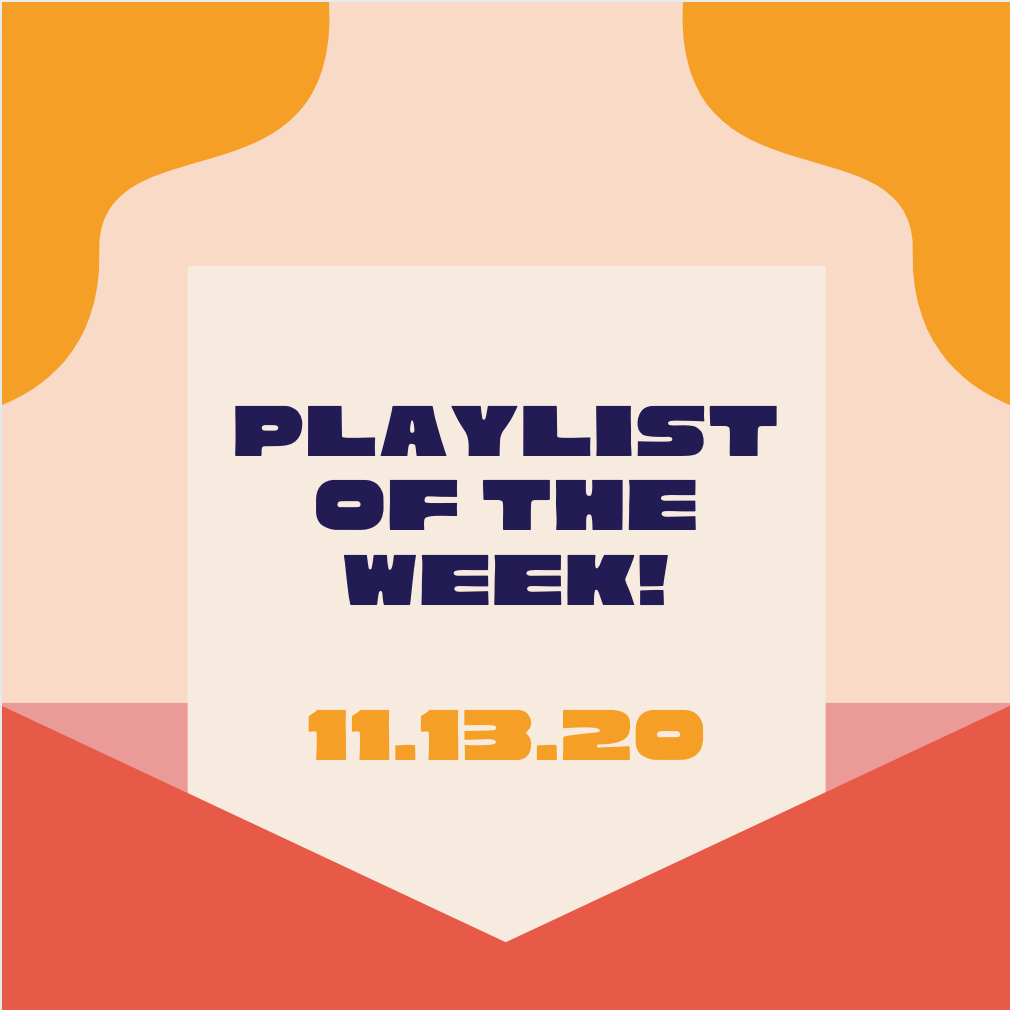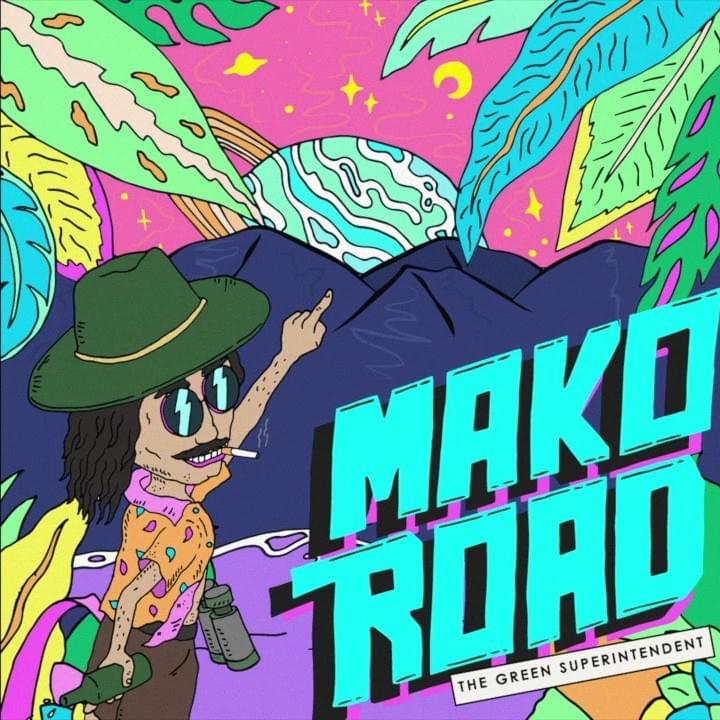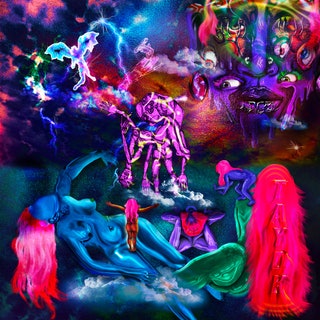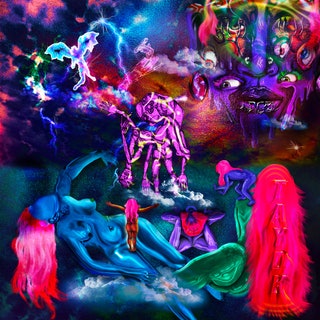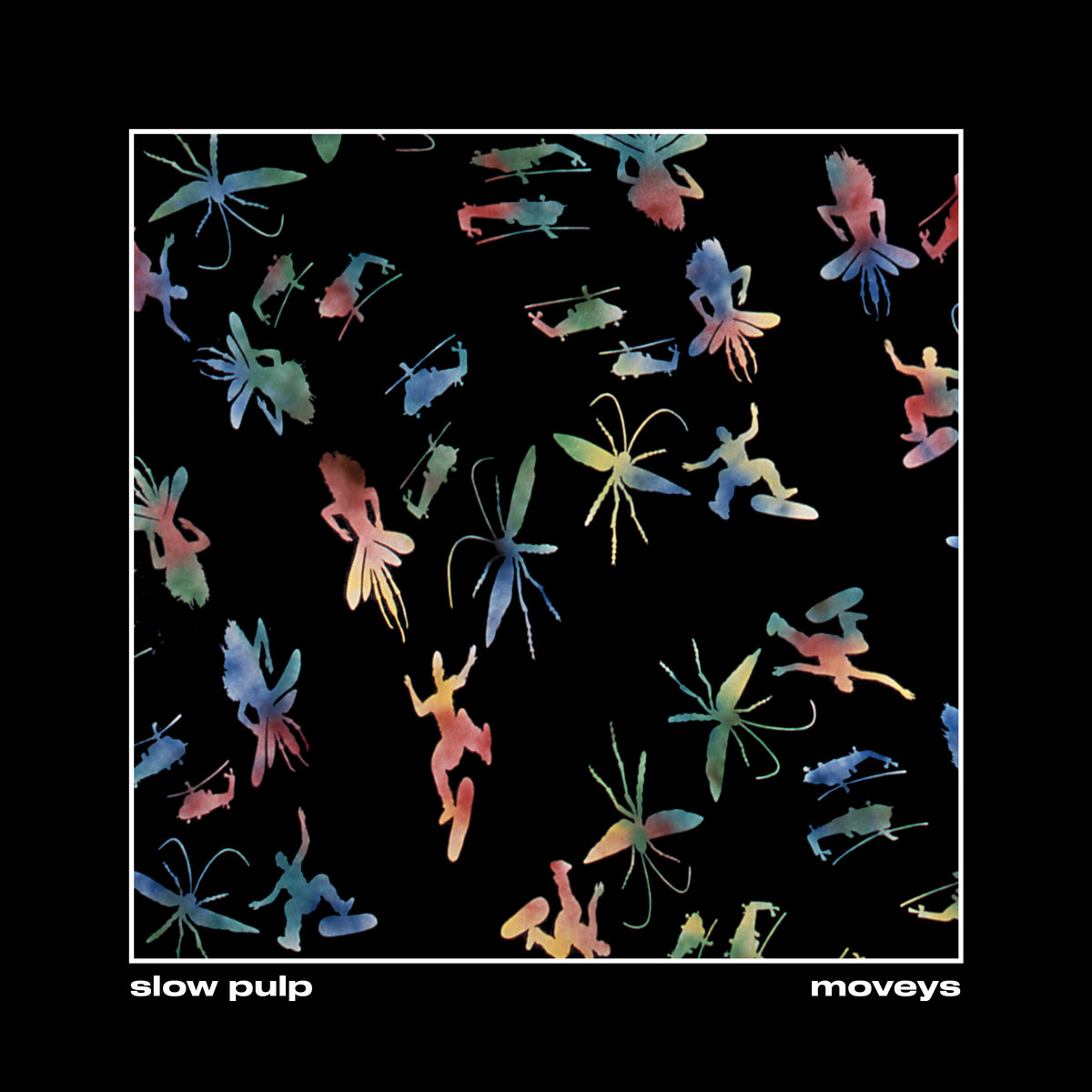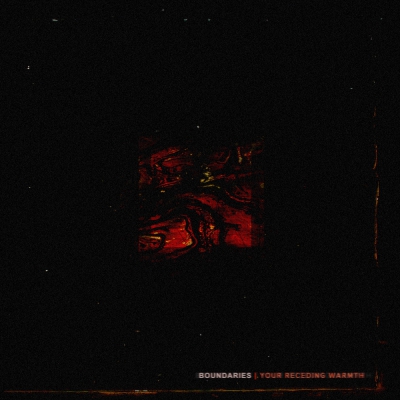Power Up is the 17th studio album (the 16th released internationally) by the Australian Rock band, AC/DC. Released on Friday the 13th of November, 2020 by Columbia Records and Sony Music Australia. As Back In Black (1980) served as a tribute to the late Bon Scott, so Power Up is a tribute to the late, great Malcolm Young, according to his brother, Angus.
I know I don’t need to list the members of the band (if you don’t know AC/DC, you’ve obviously been hanging in the Meat Locker too long!), but: Angus Young (founding lead guitarist), Brian Johnson (vocals since 1980), Phil Rudd (drums, `74 – ’83; ’94 – 2015; 2016 – present). Cliff Williams (bass, backing vocals, ’78 – retired in 2016; 2018 – present), and Stevie Young (rhythm guitar, backing vocals) stands in for his uncle Malcolm. In April of 2014 Stevie played all rhythm guitars on Rock or Bust, and had previously played live on 1988’s US Tour.
Angus explains that he raided the vault for previously unreleased Malcolm Young riffs for Power Up. And you can hear from the differing array of tracks on this record that it spans the entire AC/DC time-frame. “Demon’s Fire” sounds like the old Bon Scott days, with multiple breaks, a main riff that’s interrupted by tempo changes and solos. “Wild Reputation” is reminiscent of “Beating Around the Bush.” Much of the record is the mid-late AC/DC sound, driven by the rhythm section of the band, with Johnson’s stylized voice and Angus’ trademark leads.
Brian Johnson has not lost a step in his vocal game! His unmistakable sound and style hits on every single song on this album (and every song he’s ever sung, honestly!). There are a few surprises, though; spoken words and tone changes from his patented rasp. 40 years of Rock-N-Roll and race cars may have affected his hearing, but definitely not his vocal power!
Power Up, of course and without surprise, is an extremely solid record from the veterans.
Rating: 8.5/10! AC/DC just know how to bring the sound, consistently, for 45+ years!!
Favorite Songs: Witch’s Spell; Demon Fire; Shot in the Dark
What are your thoughts on AC/DC’s new album?
Stay Metal,
THE SAW



